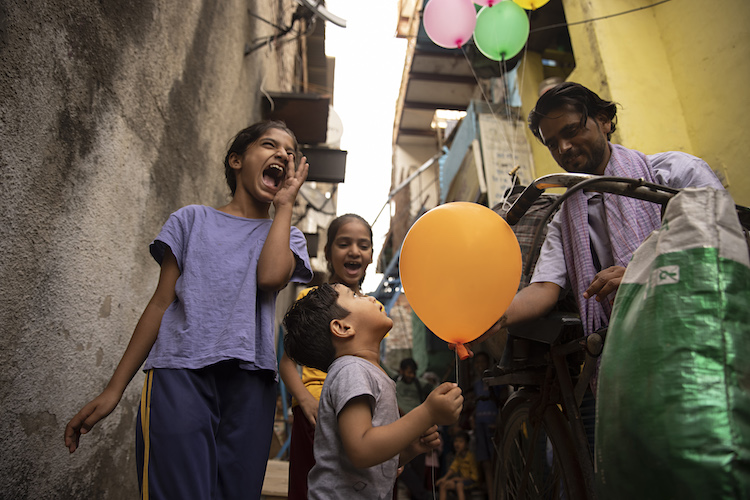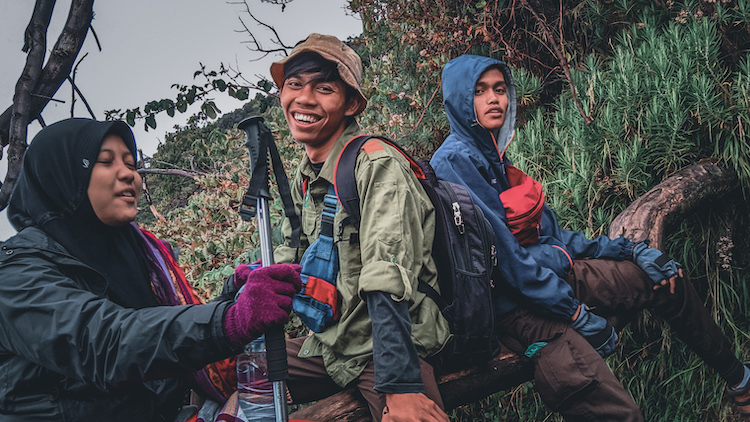Features
10 ways to be a responsible, conscious photographer
By Karen Edwards - 4 min read
Part of the accountability of a photographer is to respect the subjects that make our images what they are. To be as ethical as possible in the field – using our intuition and conservation to address the people we wish to picture – is vital.
Across the world, photographers publish images in the hope they will draw attention to important social issues. Each image depicting complex human stories in the hope the world will pay attention.
Cultural photography can be such a powerful tool in raising awareness through storytelling. Capturing emotions and interactions provide insight into community situations that we wouldn’t otherwise be able to fathom. An understanding of the unfamiliar through images can rally care and concern, and even encourage acceptance and greater kindness. Community photography can highlight human plight through examples of prejudice and injustice, encourage discourse around socio-economics, and bring inspiration for overcoming adversity.

Image from an EyeEm Photographer
Even so, documenting cultures and communities isn’t – and shouldn’t be thought of as – an open invitation. Photography, when not achieved responsibly, can feel invasive and clumsy to those at the heart of the story.
Part of the accountability of a photographer is to respect the subjects that make our images what they are. To be as ethical as possible in the field – using our intuition and conservation to address the people we wish to picture – is vital. Here Karen Edwards, author of The Responsible Traveller, shares 10 tips on how to practise ethical cultural photography in a community setting.
1. Ask permission
It’s such a simple gesture, but perhaps the most important as a photographer. Never assume a person is happy to have their photograph taken. A quick ‘hello’ can break the barrier of awkwardness enough to ask permission. Even better, explain what you plan to do with the image and, if possible, show them how it turned out on your digital screen. A phrasebook or the Google Translate app are useful tools when you don’t speak the language.

Image by Maskot
2. Be careful when photographing children
While children can draw a huge amount of emotion to an image, it’s important to seek permission from the child and/or their guardian before taking any pictures. This is even more vital if you plan to make the image public, even if it’s just on your social platforms. Imagine how you would feel as the guardian of a child if a stranger took a picture without asking. Always show the same understanding to others.
3. Make sure you show gratitude
Once you have taken a picture, share your image on the camera screen. Even better, offer to email a digital picture or post a hard copy of the photograph to those individuals involved in the picture. People often don’t have the opportunity to have their photograph taken by a real photographer, so being able to retain the image might be special to them.
4. Remain hyper-aware
If the circumstances or environment around taking a photograph feels uncomfortable or inappropriate, the chances are your subject feels the same. Don’t force the situation. Instead, show them that you understand their unease by lowering your camera or putting it away.

Image by MangKus
5. Beware of typecasting
When taking photographs of people to share on social media, consider how you are representing them online. Personal photographs – particularly those that enforce a stereotype of a community or region – to generate sympathy or ‘likes’ are often a poor representation of a person or place. Avoid promoting such stereotypes and strive for a fair and open depiction.
6. Highlight injustice correctly
Using imagery to showcase how injustice affects humans is a crucial part of raising awareness. If you choose to do this through photography, ensure you are platforming the right voices. Take the time to listen to your subjects speak about the situations they face. Always include their voice in the captions alongside your images.
7. Follow customs
There are places around the world that impose strict rules prohibiting photography. If you’re visiting a government building or monument, meeting religious figures or are on private land, check whether you are allowed to take photographs. While it can be frustrating if you’re unable to capture something special, it’s more important to respect any customs and traditions.

Image by Gustavo Sosa
8. Avoid intrusive images
While you may see some beautiful interactions between people in their homes, on doorsteps or in secluded gardens, remember what you are seeing is a private moment. Snapping away without asking isn’t the ethical thing to do, however your subjects might be happy to let you join them after you’ve introduced yourself.
9. Tell the whole story
A photograph captures one moment in time, but a good photographer will find a way to tell the entire story through their images. Refrain from only seizing picture-perfect moments or following a specific narrative. Rather, take a collection of images that display a well-rounded, fair perspective of the community you are engaging with.
10. Find mutual respect
If in doubt about whether to snap an image, put yourself in the shoes of your subject. How would you feel if a stranger took a similar image of you? If the answer is ‘uncomfortable’, take heed and show the person or people in front of the lens the same respect. By being conscious and considerate, you are likely to get more impactful and engaging photographs.
The Responsible Traveller by Karen Edwards is published on 14 July 2022 and is available to pre-order now.
